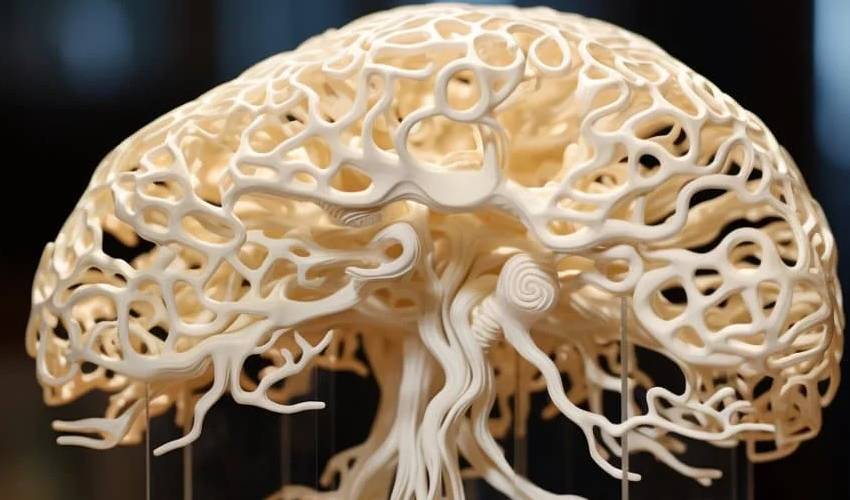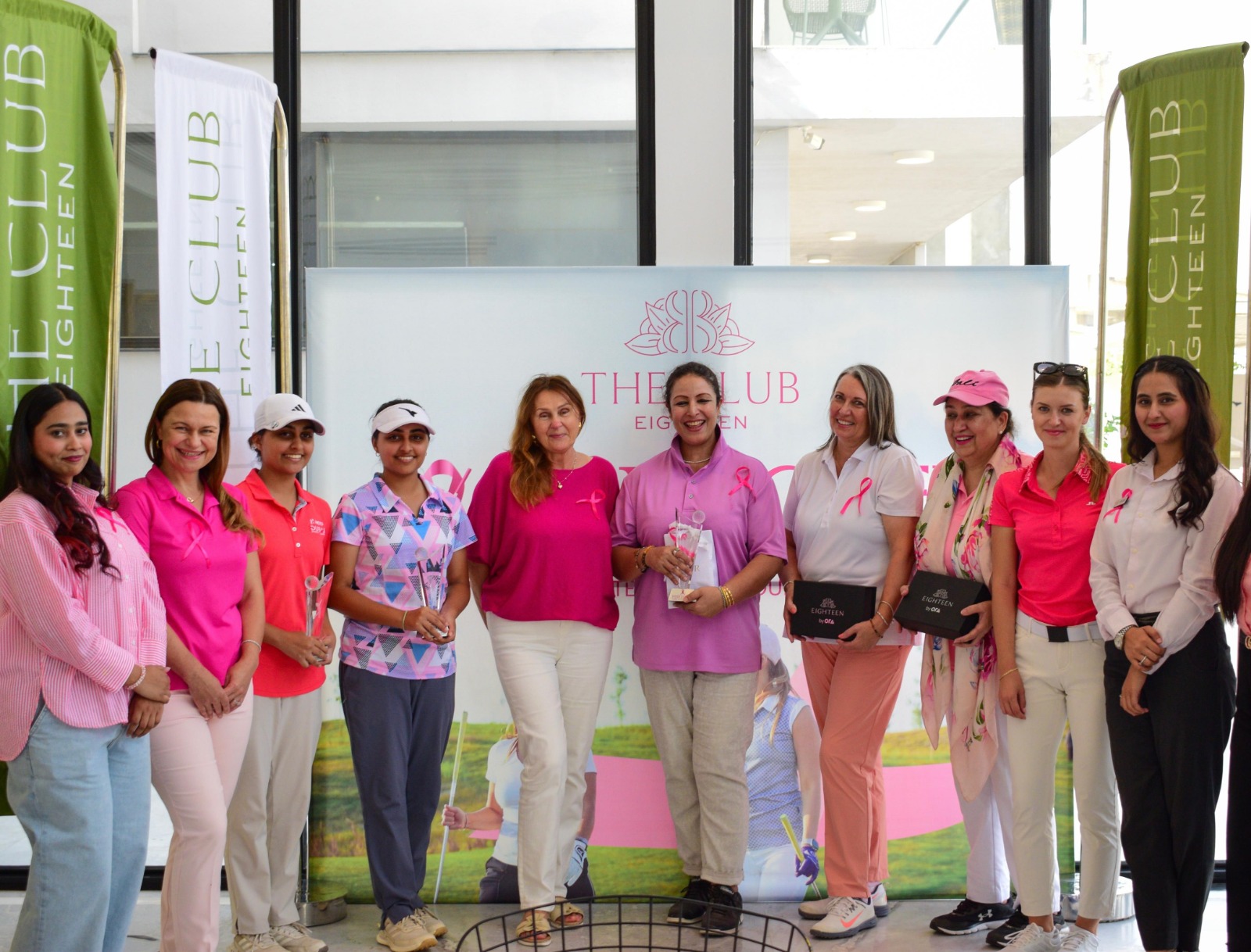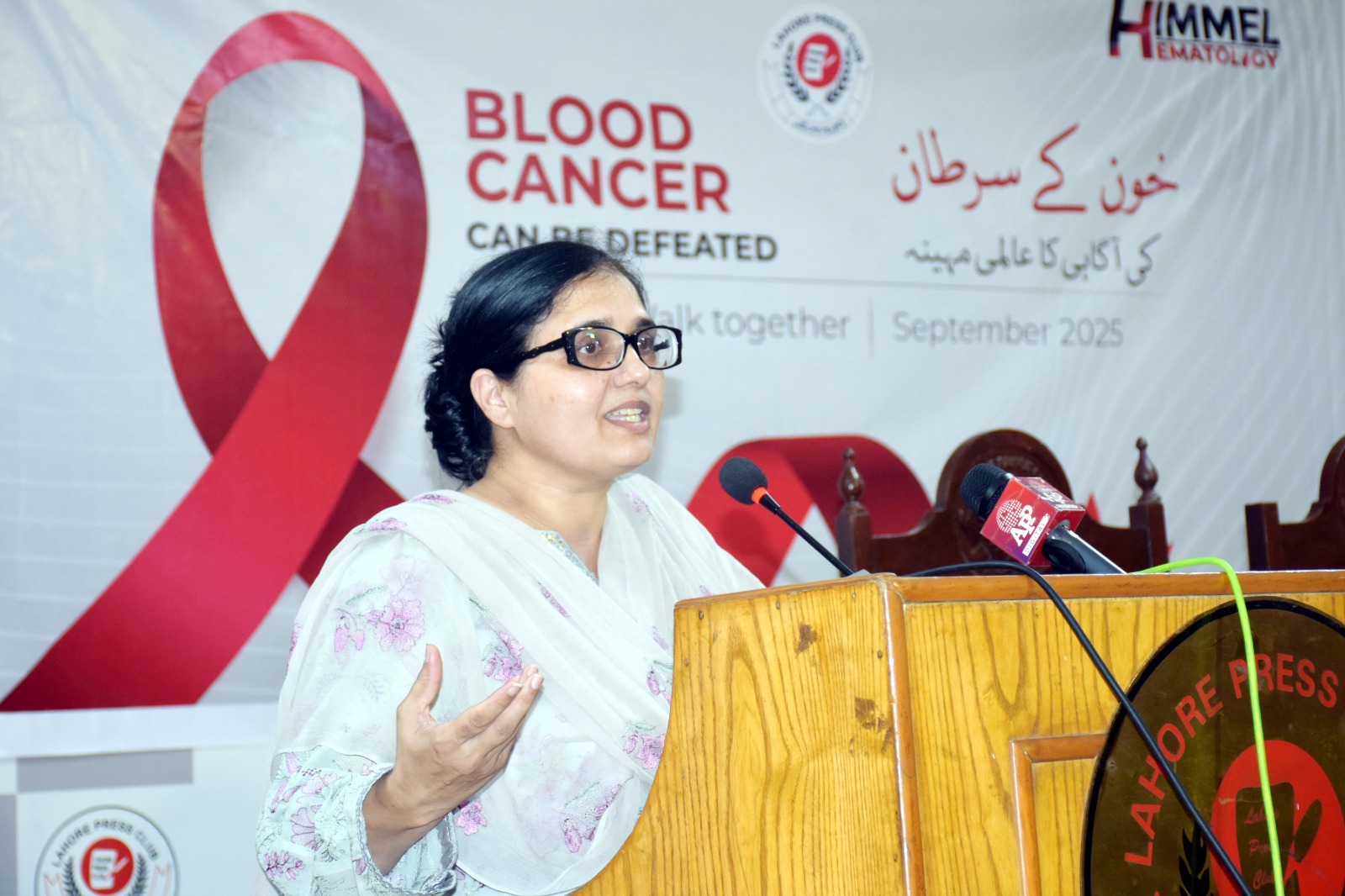
Scientists have successfully developed the world’s first 3D printed brain tissue that mimics the functions of natural brain tissue.
A breakthrough development is poised to revolutionize scientific research and could open new avenues for the treatment of a variety of neurological conditions, including Parkinson’s and Alzheimer’s.
Professor Su-Chun Zhang, a renowned expert in neuroscience and neurology at the Waisman Center, University of Wisconsin, expressed the significance of this breakthrough, saying: “This could be an extremely powerful model to help us understand how brain cells and parts of the brain communicate in humans . It could change the way we look at stem cell biology, neuroscience and the pathogenesis of many neurological and psychiatric disorders.”
Also read: Google Maps get AI, Bard now multilingual with image magic
The 3D-printed brain tissue was created by strategically placing brain cells in a 3D matrix with neurons derived from induced pluripotent stem cells suspended in a specialized “bio-ink” gel.
Experts point out that the precision offered by this printing technique surpasses other existing approaches, including brain organoids – miniature organs used to study the brain. This advanced technique gives scientists unprecedented control over cell types and arrangement, ensuring proper organization and precise control.
The implications of this breakthrough extend beyond brain tissue replication; provides researchers with a flexible and highly controlled platform to study various aspects of neuroscience.
The ability to manipulate cell types and arrangements with such precision is expected to catalyze radical advances in stem cell biology, neuroscience, and the understanding of the pathogenesis of neurological and psychiatric disorders.
This milestone is a testament to the scientific community’s relentless pursuit of cutting-edge solutions and holds promise for the development of targeted therapies that could change the landscape of neurological and neurodevelopmental treatments. As the scientific world eagerly awaits further developments, this breakthrough marks a significant step forward in the quest for effective treatments for complex brain-related disorders.









